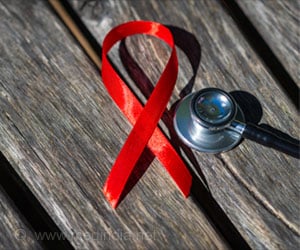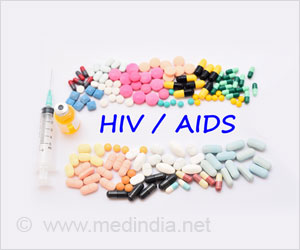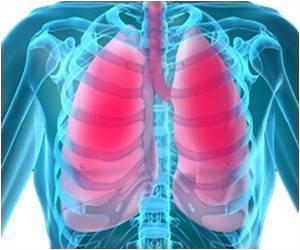A recent UN report has oulined that Sub-Saharan Africa still remains a challenge with respect to AIDS treatment, but the silver lining is most certainly the improvement in access to treatment.

"The efforts of anti-retroviral therapy are really evident, especially in our region of the world, sub-Saharan Africa, where because of access we have seen 20 percent fewer deaths related to HIV than in 2004," Sheila Tlou, UNAIDS regional director for sub-Saharan Africa, told journalists.
But, she said, "Sub-Saharan Africa still bears the brunt of the epidemic, in that 68 percent of the people living with HIV are in our region."
Eastern and southern Africa remain the epicentre of the epidemic and have a disproportionate number of HIV infections, UNAIDS found.
"Eastern and southern Africa is only 5.4 percent of the global population, but more than 50 percent of people living with HIV are here," said Tlou.
Across sub-Saharan Africa, 22.5 million people are living with HIV, more than any other region in the world, and 68 percent of the global total of 33.3 million people, UNAIDS found.
Advertisement
But the report found signs of success in the continent's fight against the disease.
Advertisement
And of the 33 countries worldwide that saw new HIV infections fall by more than 25 percent between 2001 and 2009, 22 are in sub-Saharan Africa.
"The largest epidemics in sub-Saharan Africa -- Ethiopia, Nigeria, South Africa, Zambia, and Zimbabwe -- have either stabilized or are showing signs of decline," UNAIDS said.
"Between 2000 and 2008, the rate of new HIV infections among young people declined by more than 25 percent in 15 most-affected countries in sub-Saharan Africa."
UNAIDS said South Africa continues to have the largest AIDS epidemic in the world, with 5.6 million HIV-positive people. Neighbouring Swaziland has the highest adult infection rate, 25.9 percent.
Across sub-Saharan Africa, women and girls are disproportionately affected by HIV, the agency said -- 76 percent of all HIV-positive women in the world live in the region.
Tlou said despite bright spots in the UN report, sub-Saharan Africa must continue to step up its response to the epidemic.
She called on the region's governments to increase funding and "rely less on international donors".
"The AIDS response is fragile," she said. "It needs to be kept alive through funding."
Source-AFP















